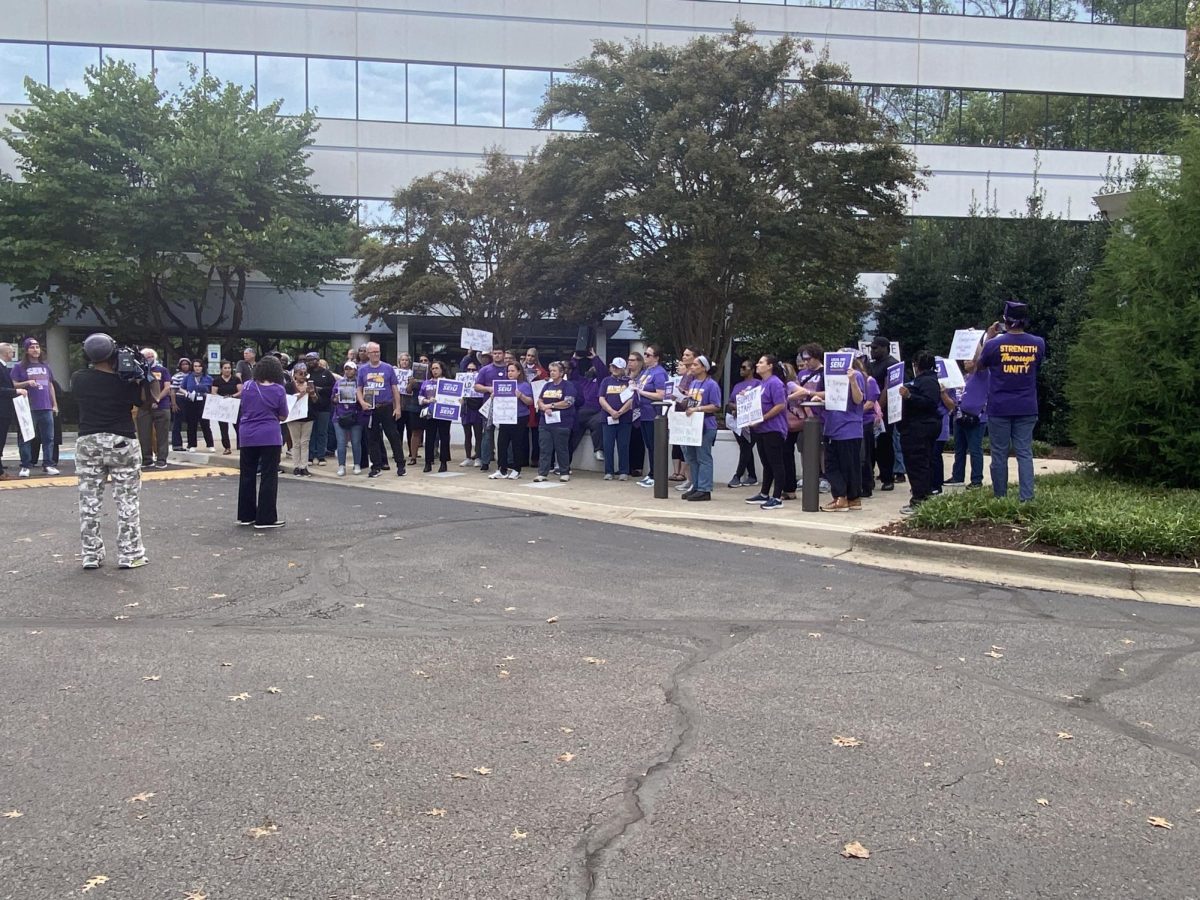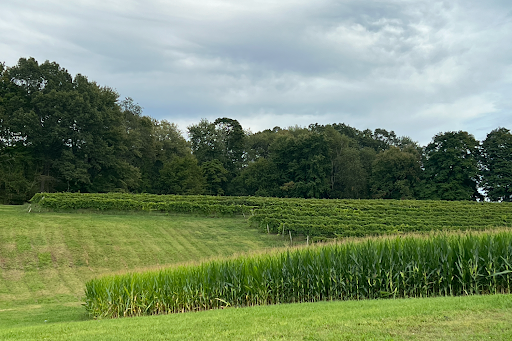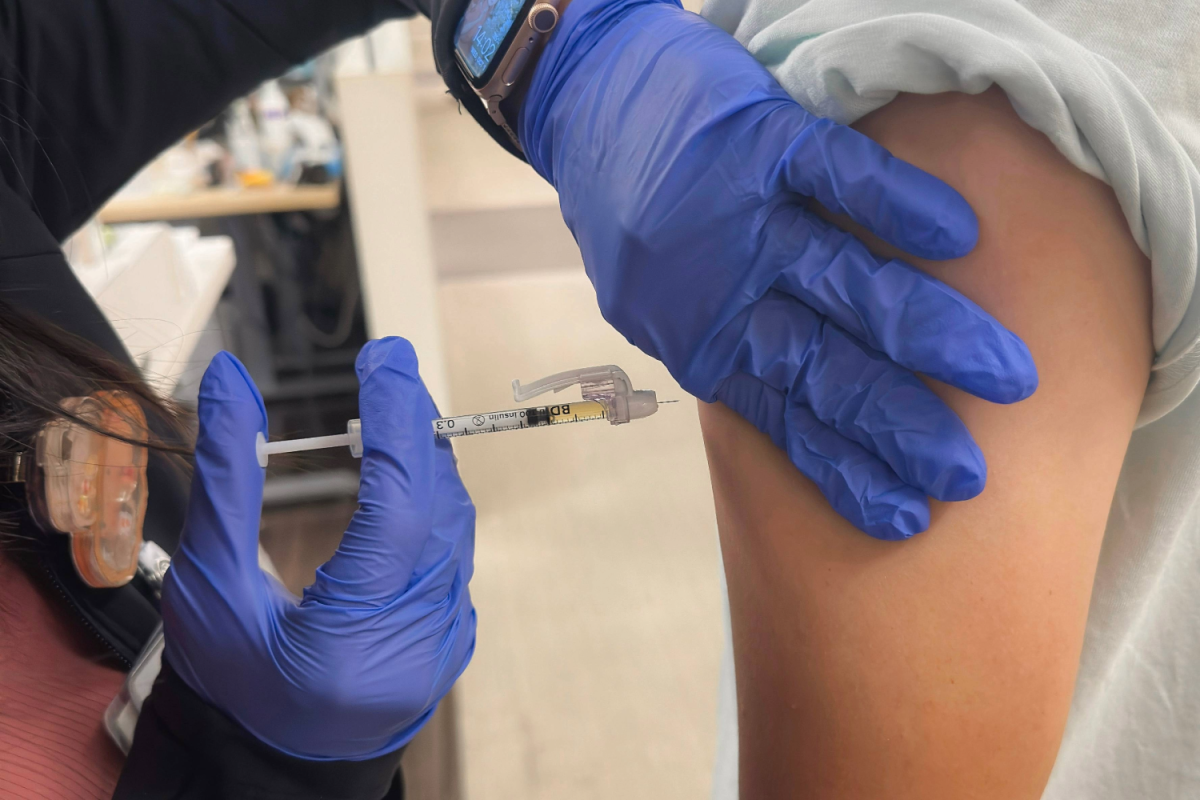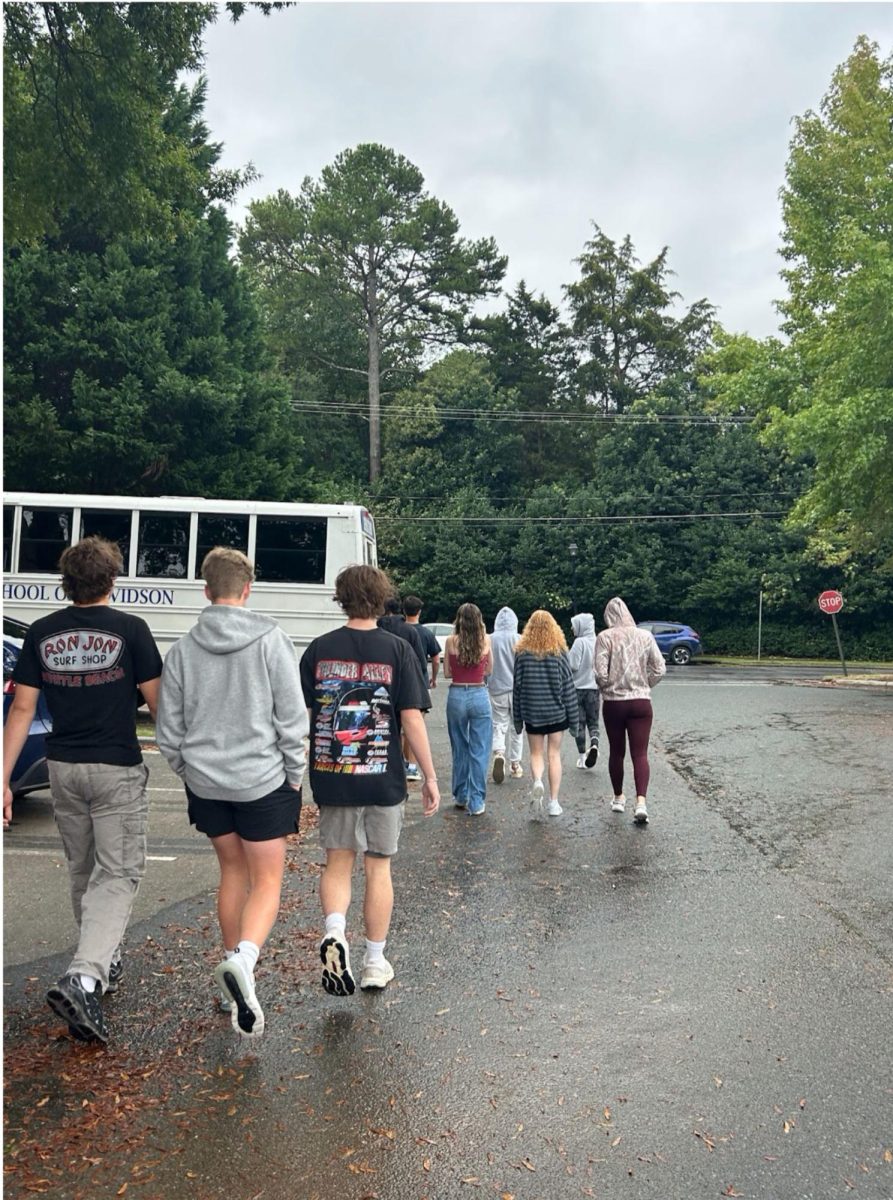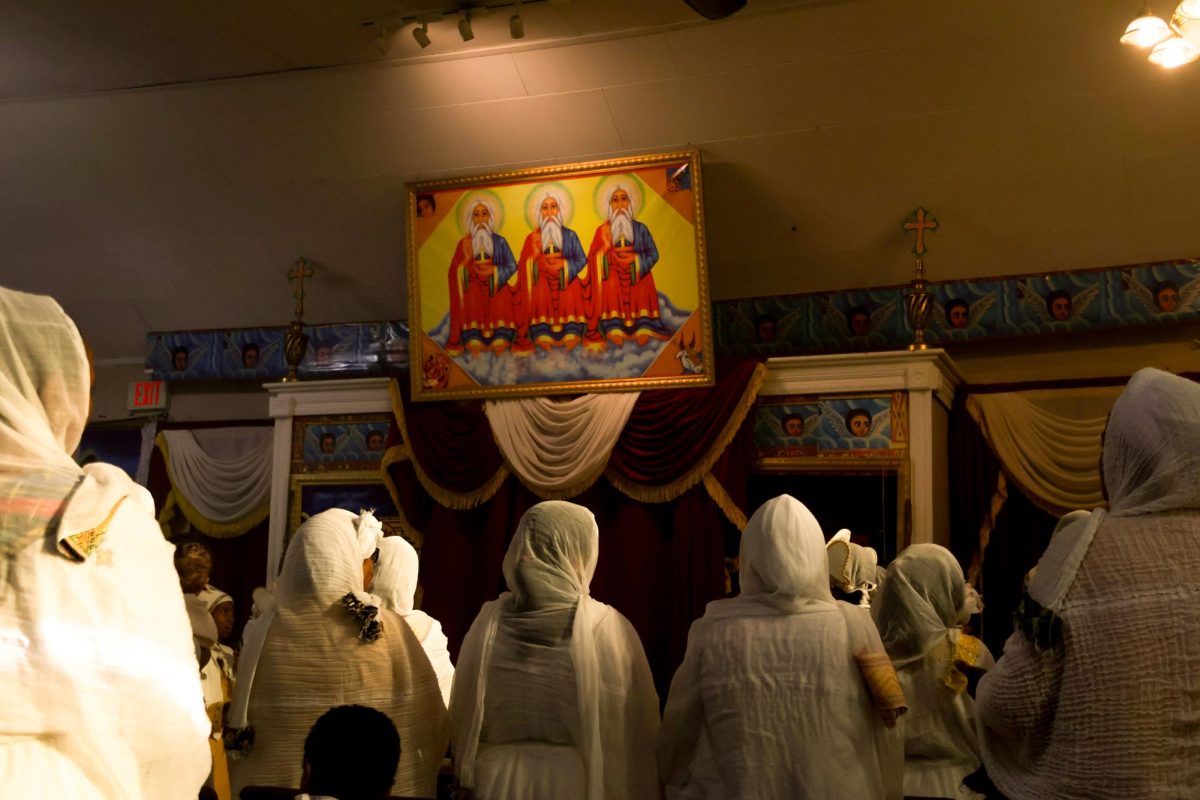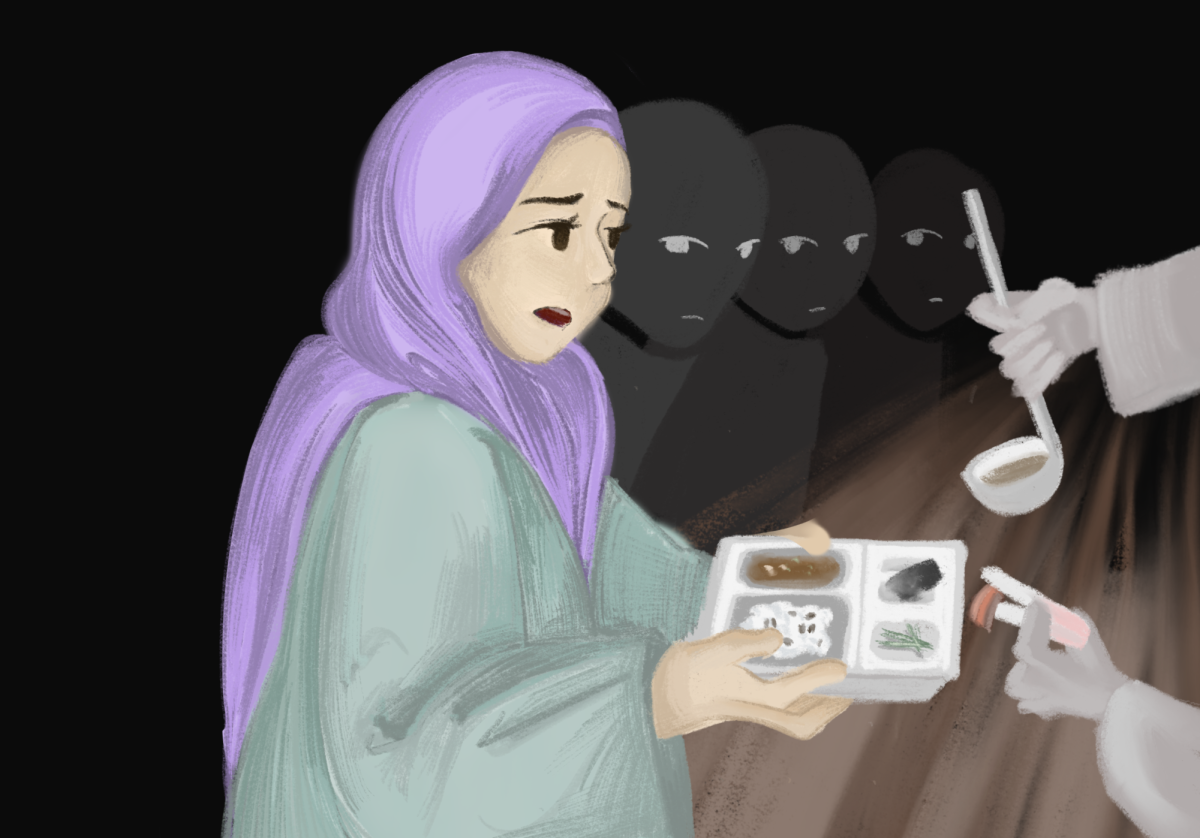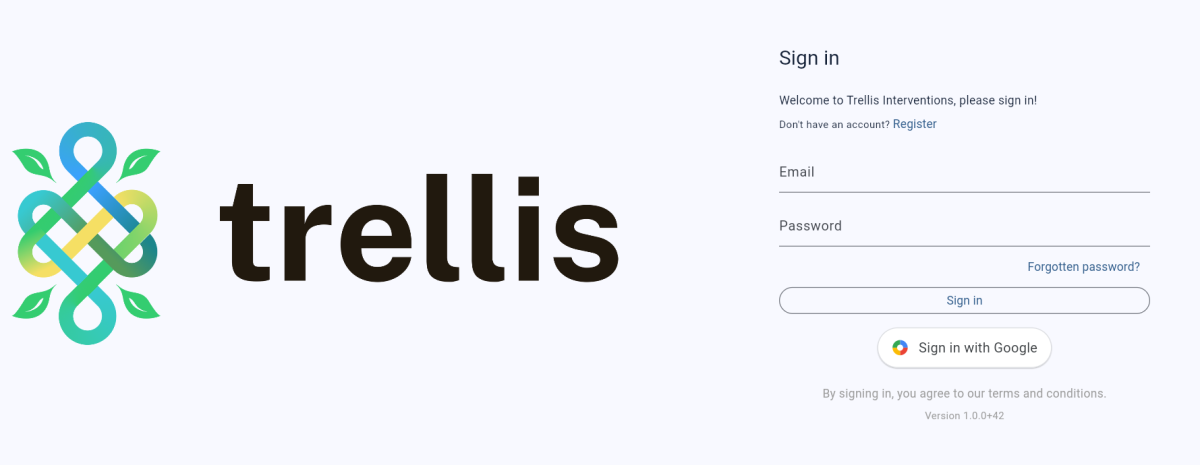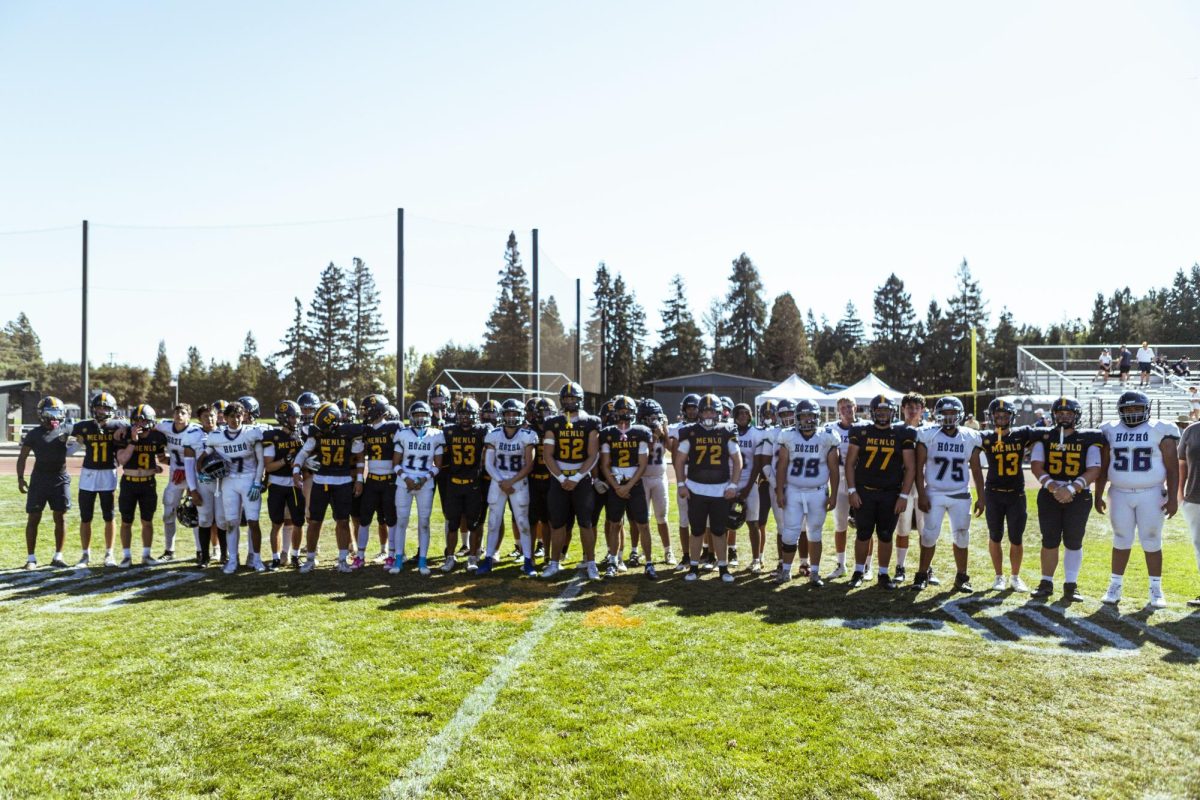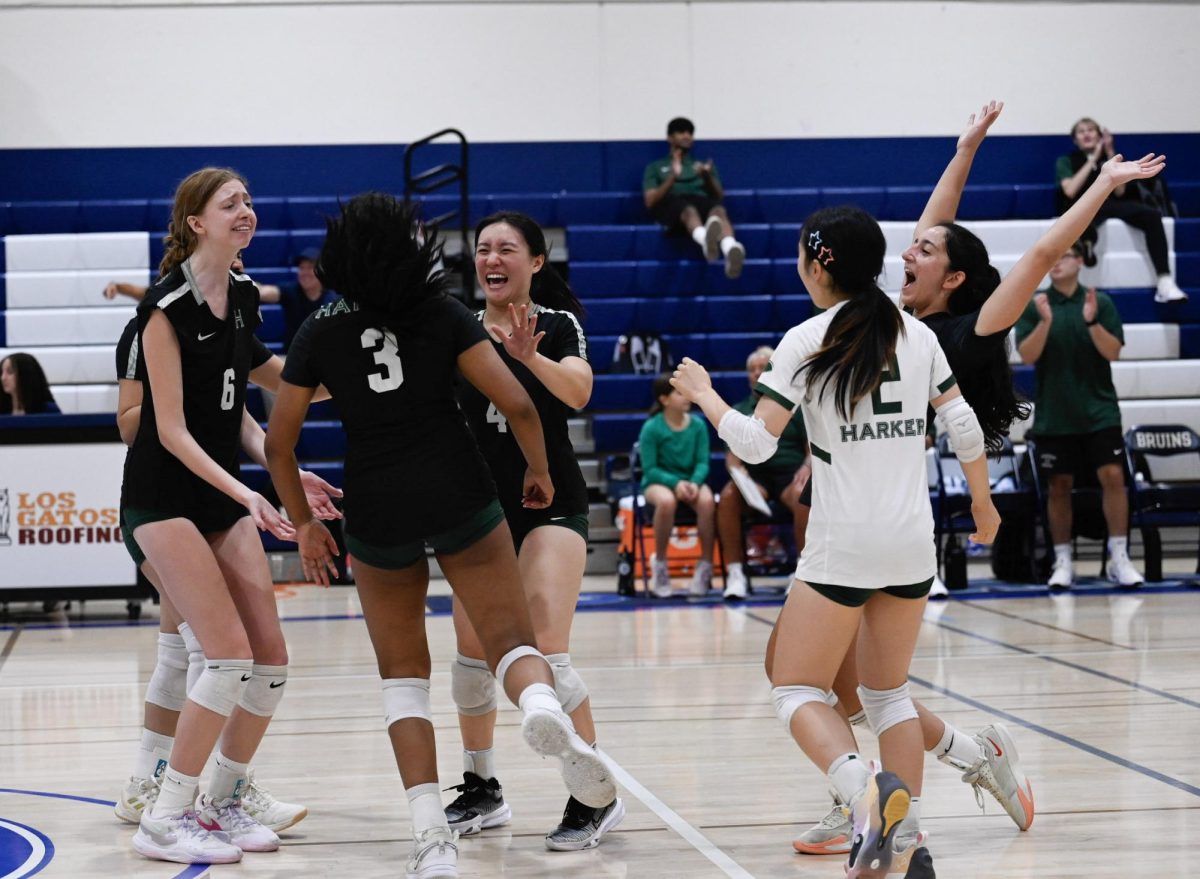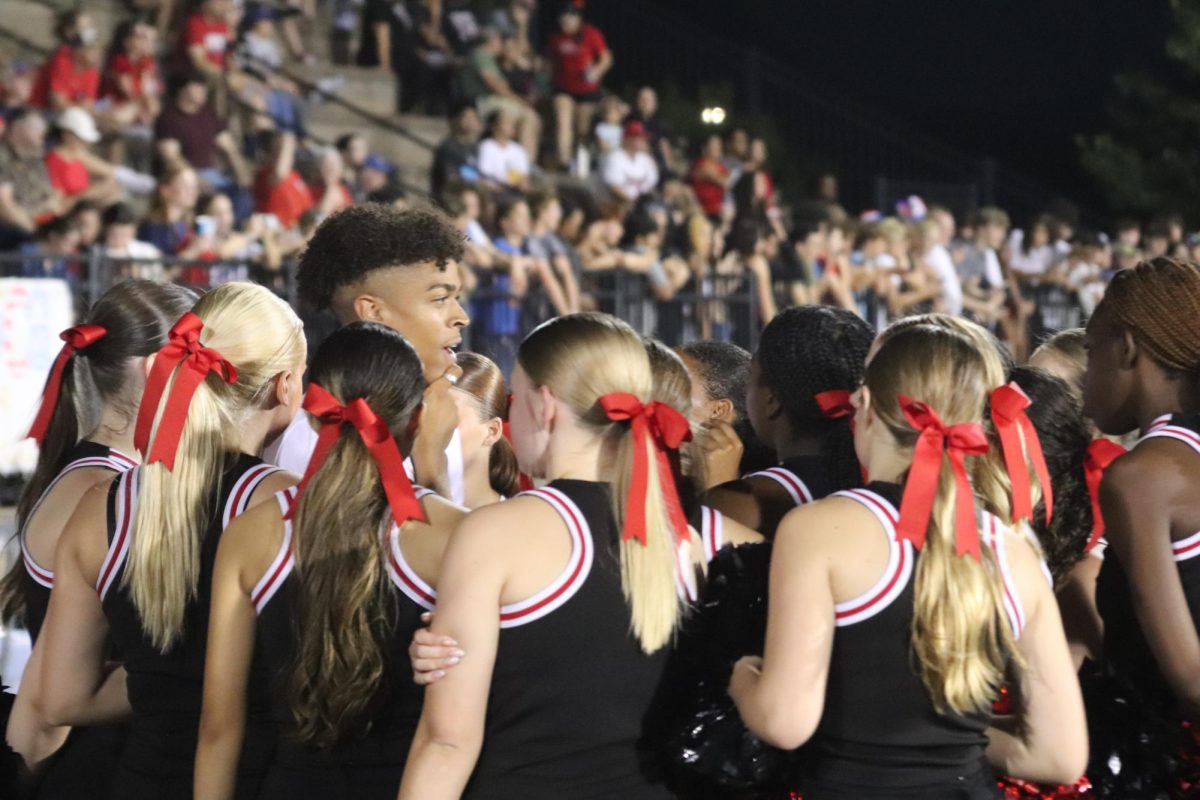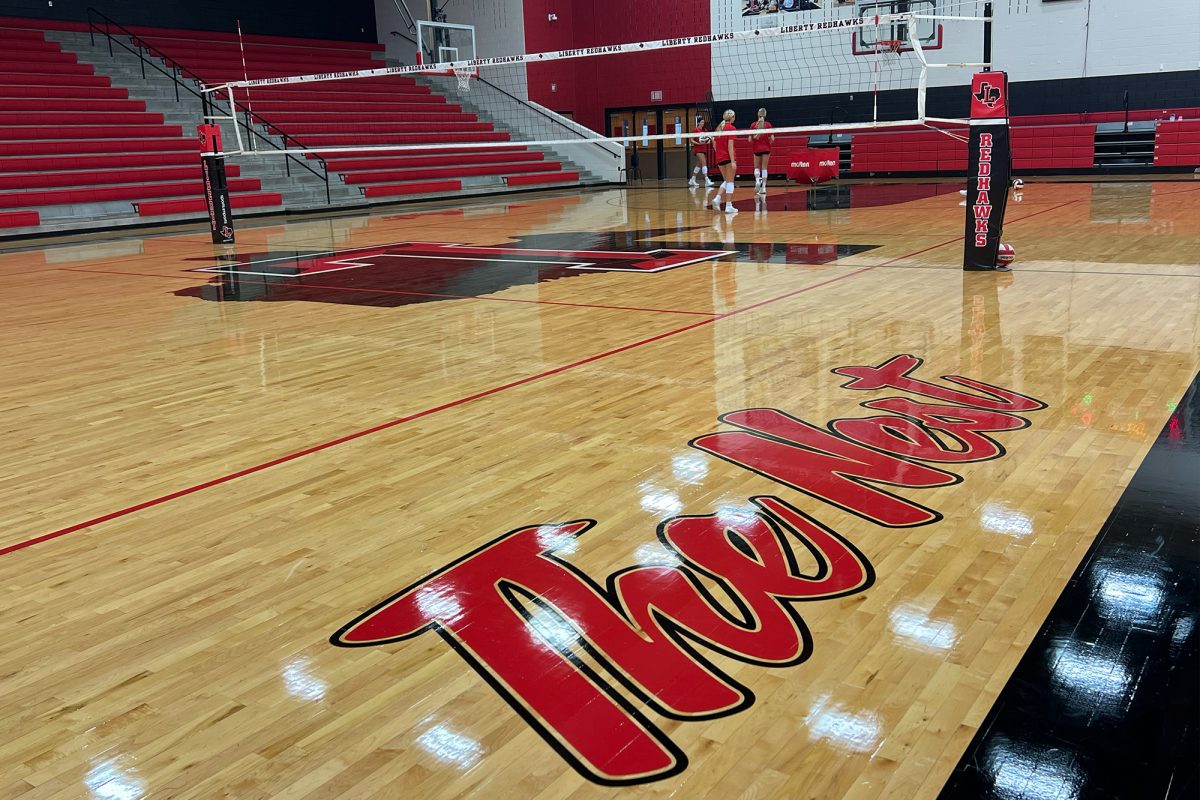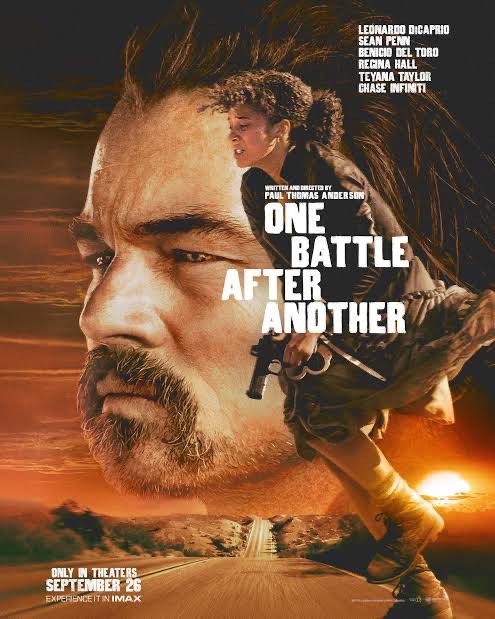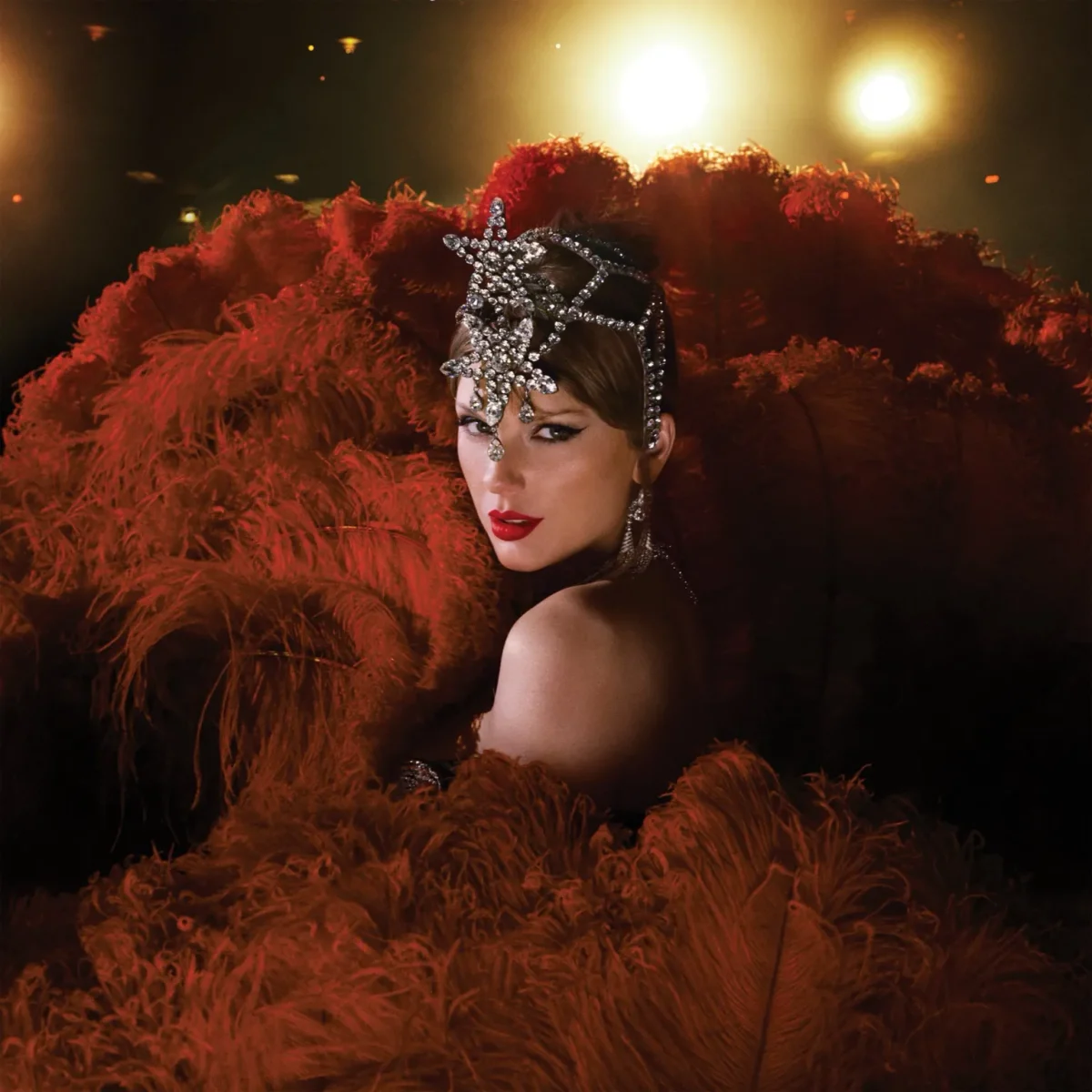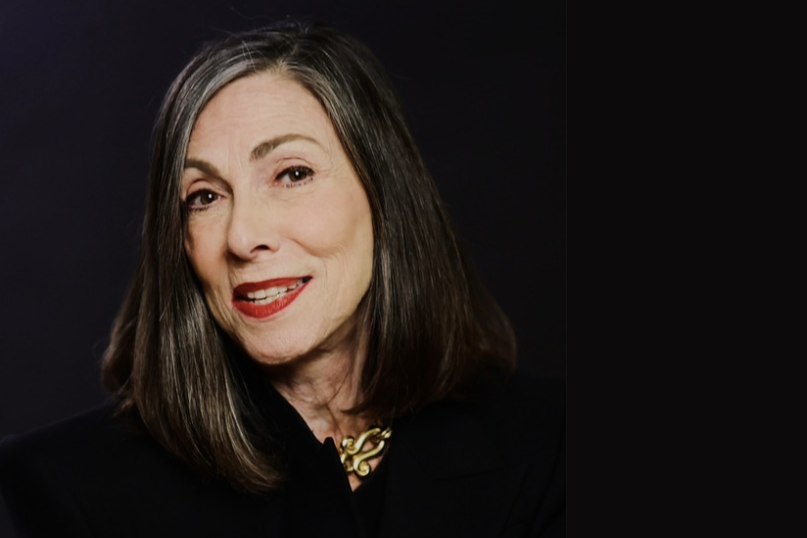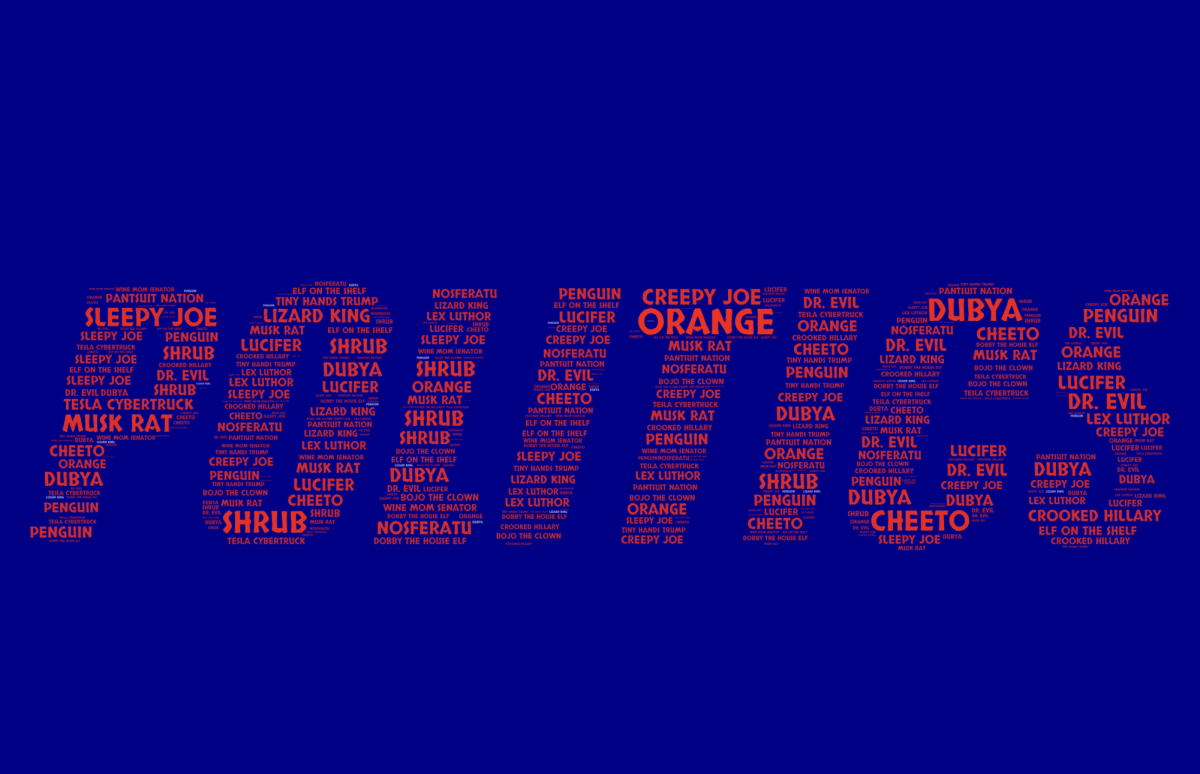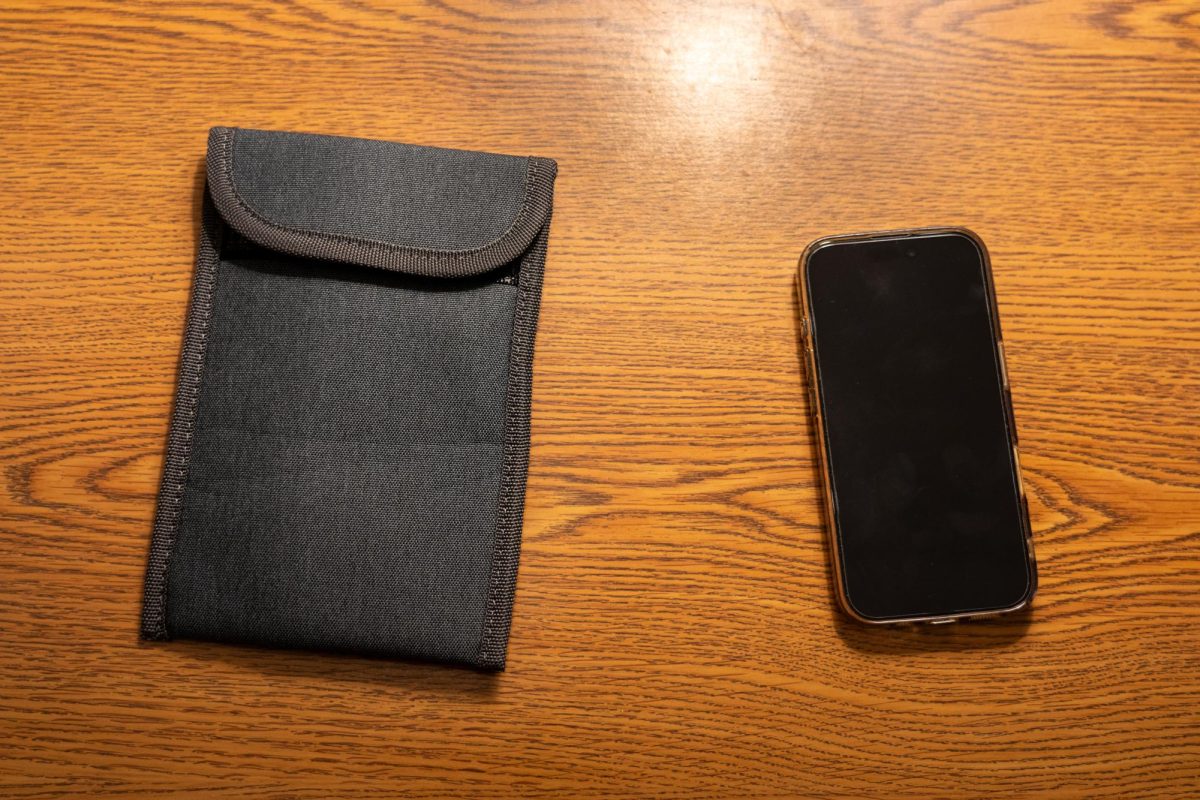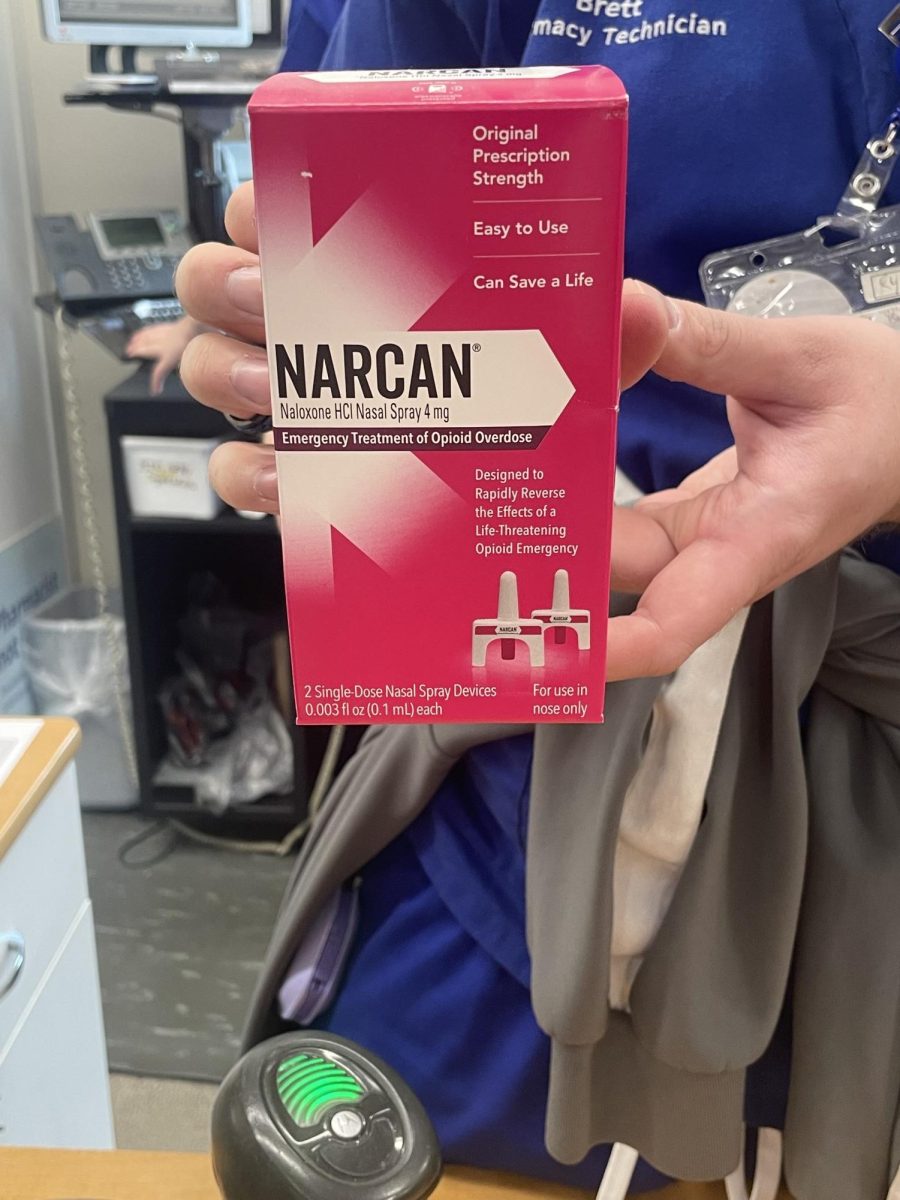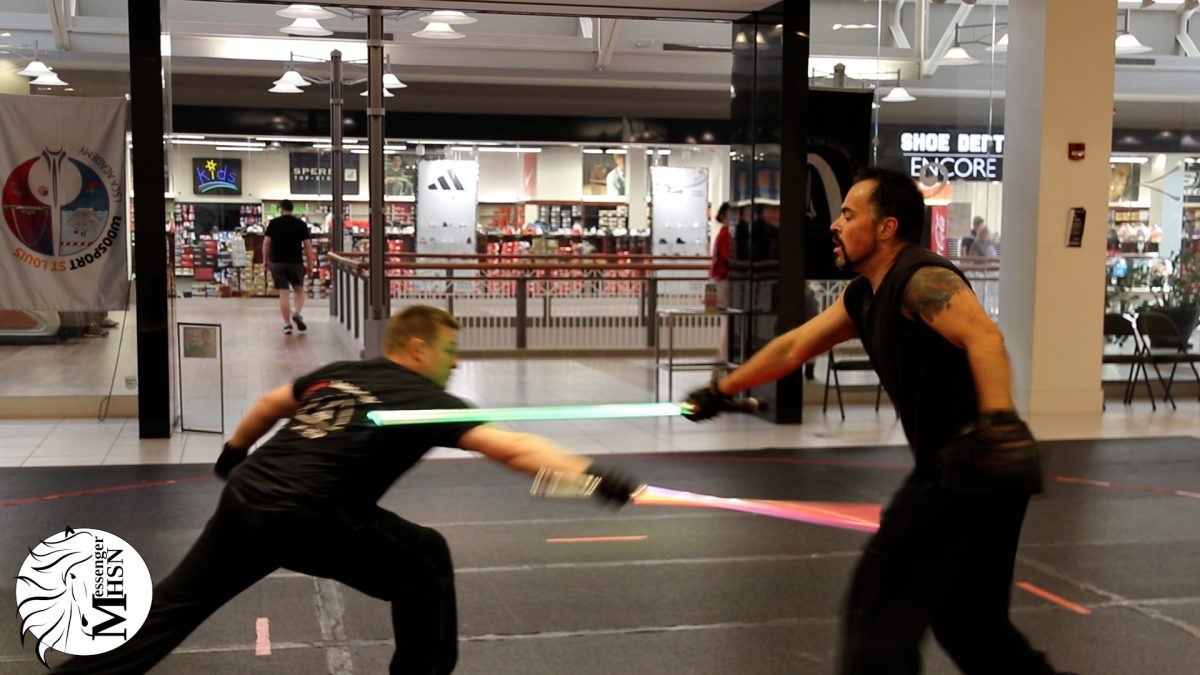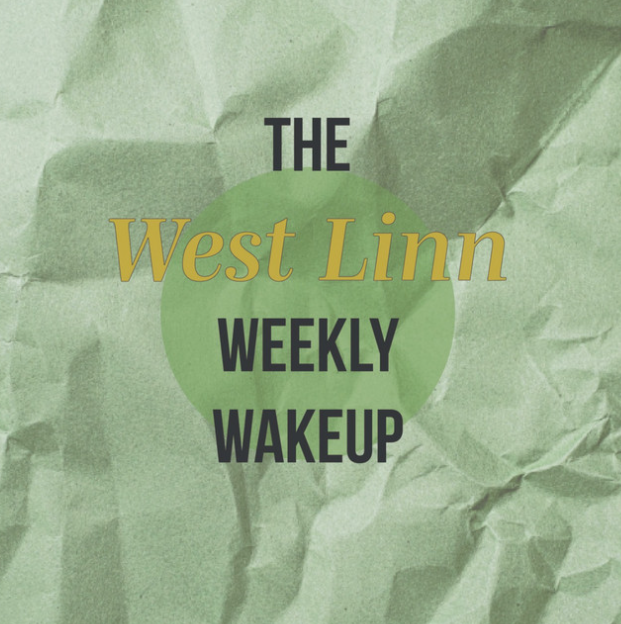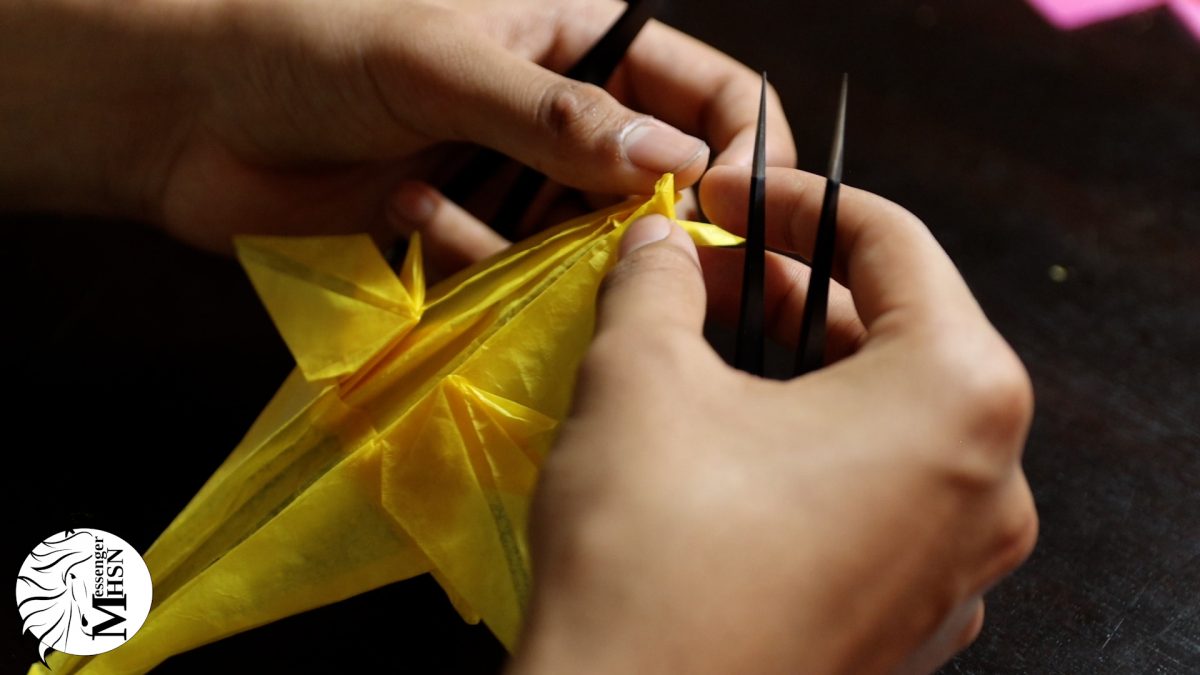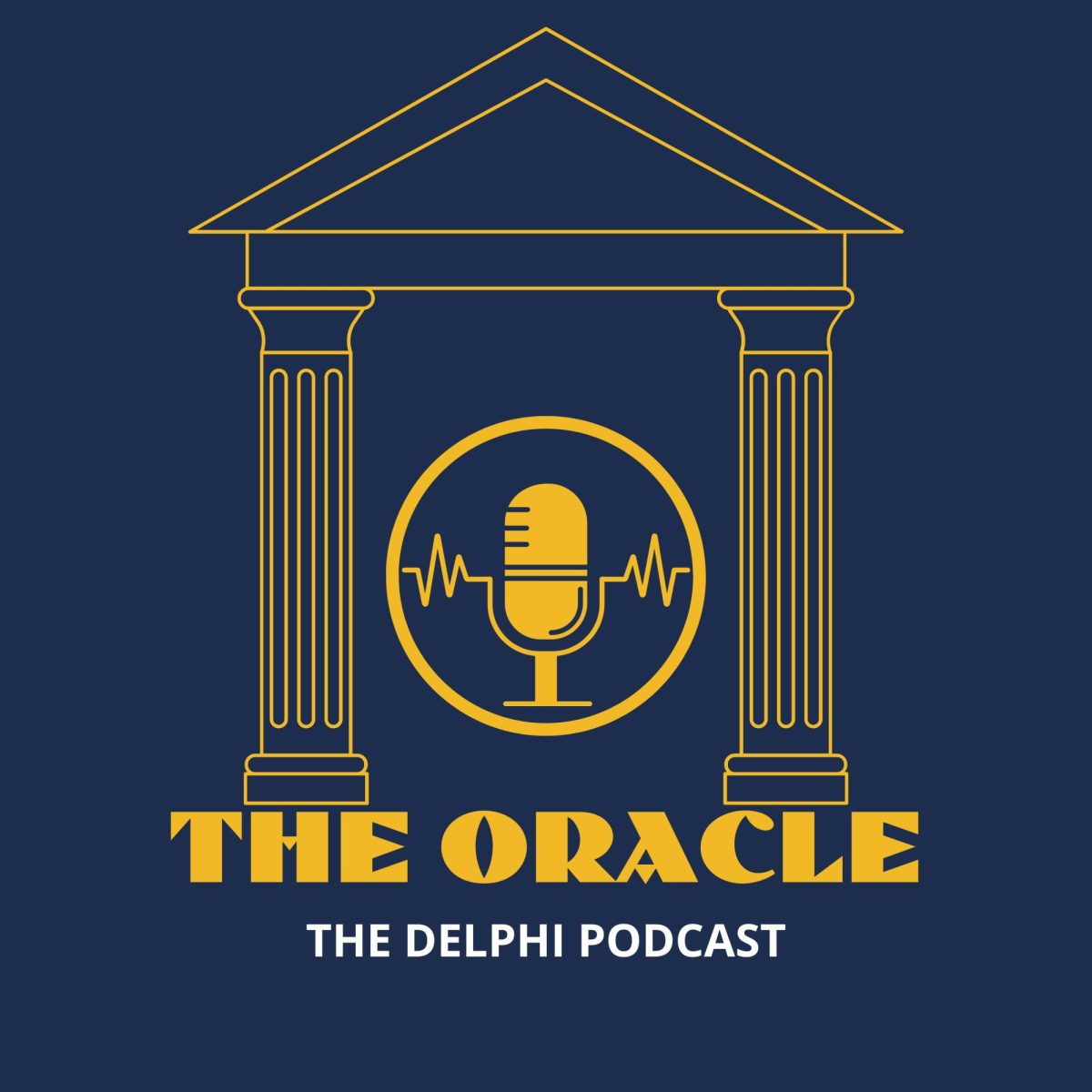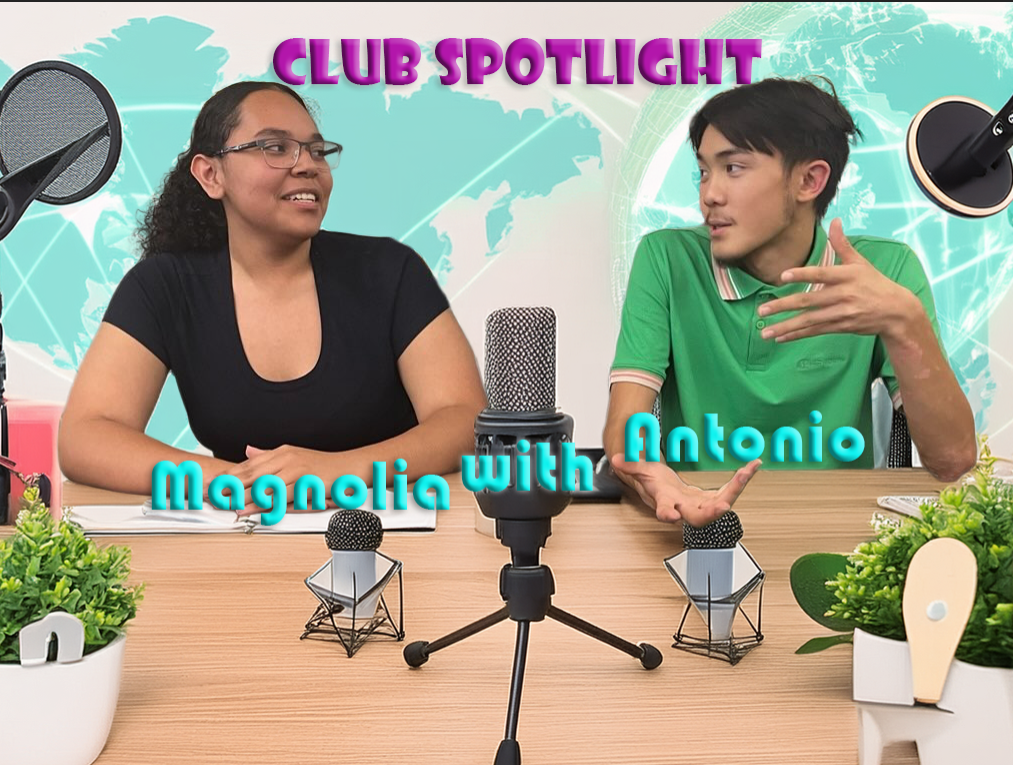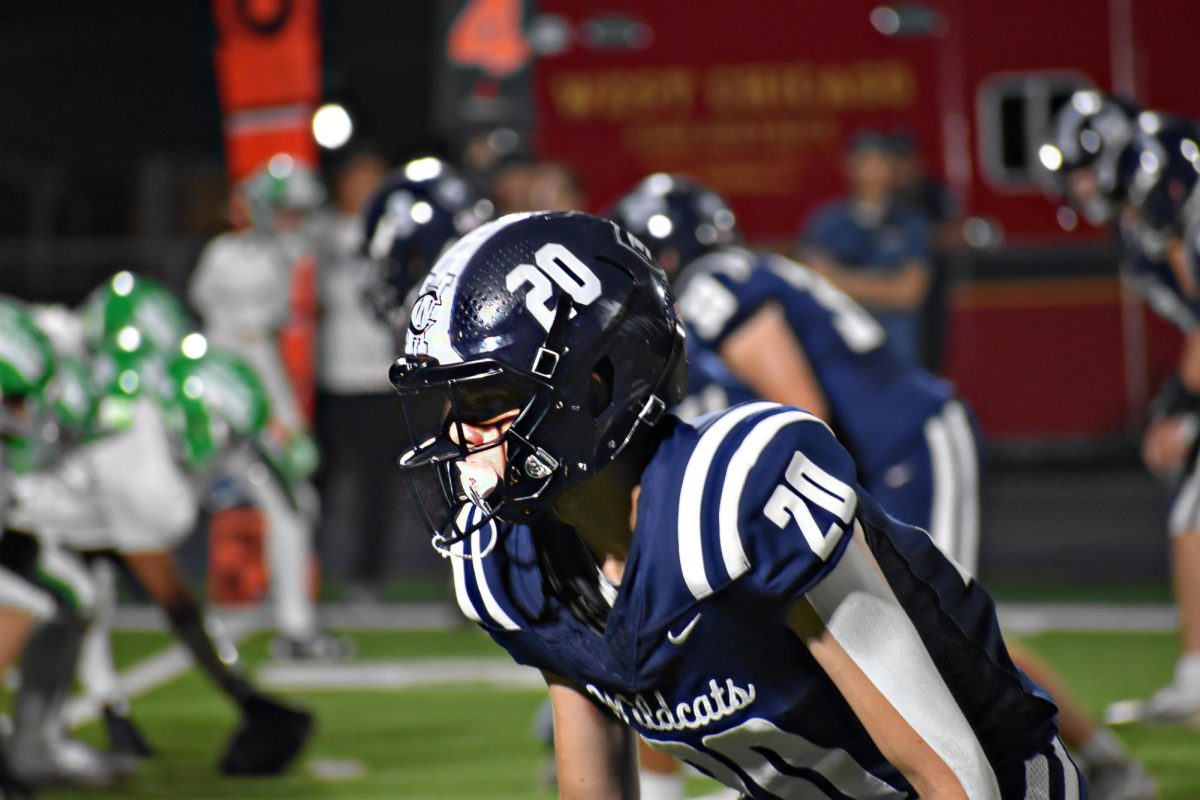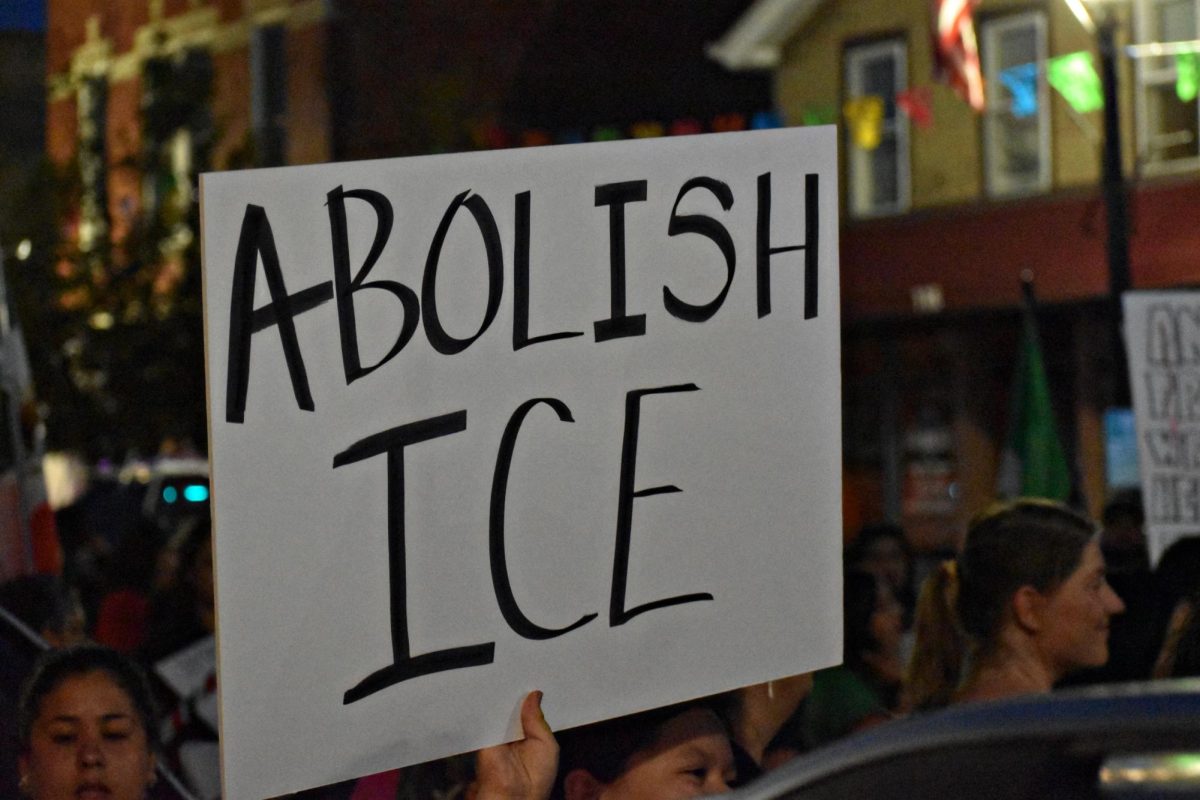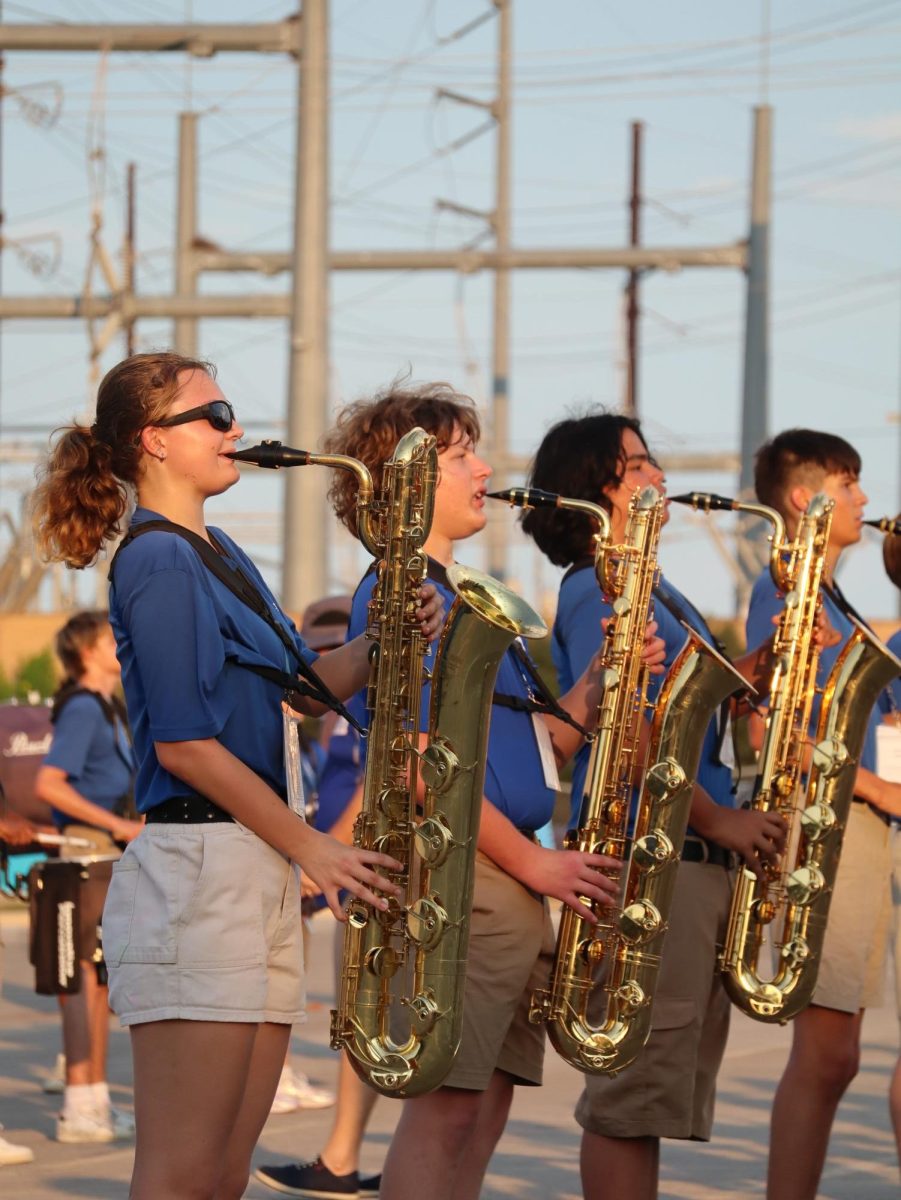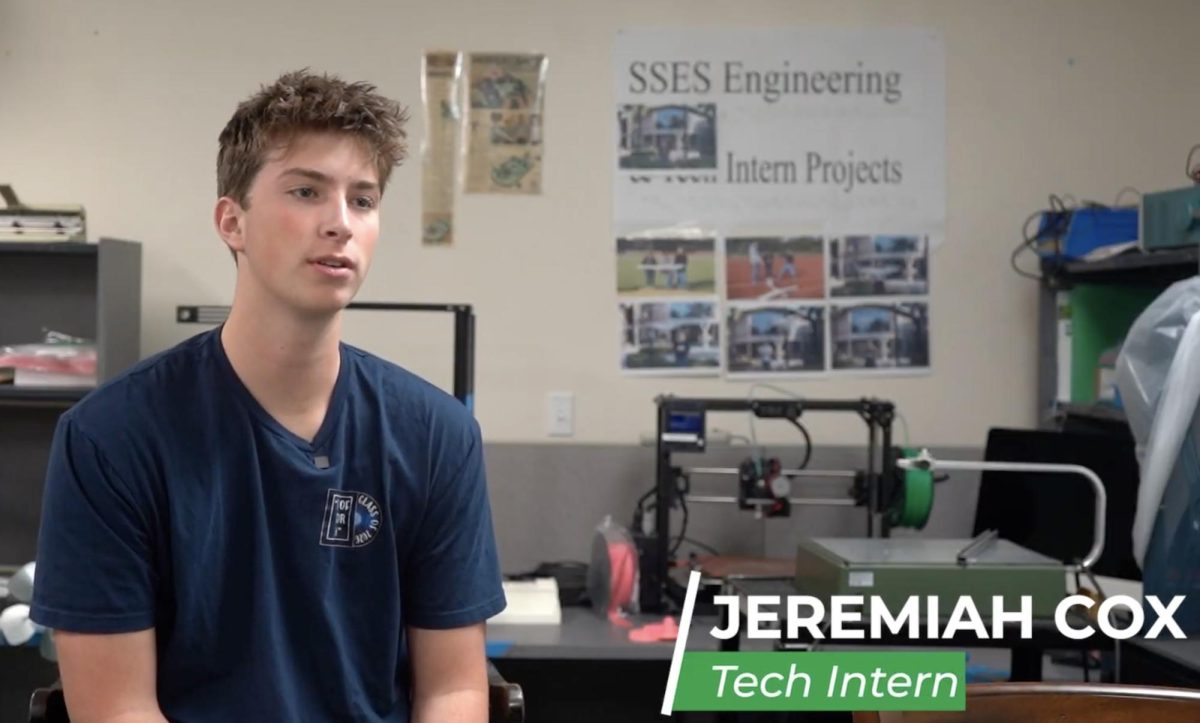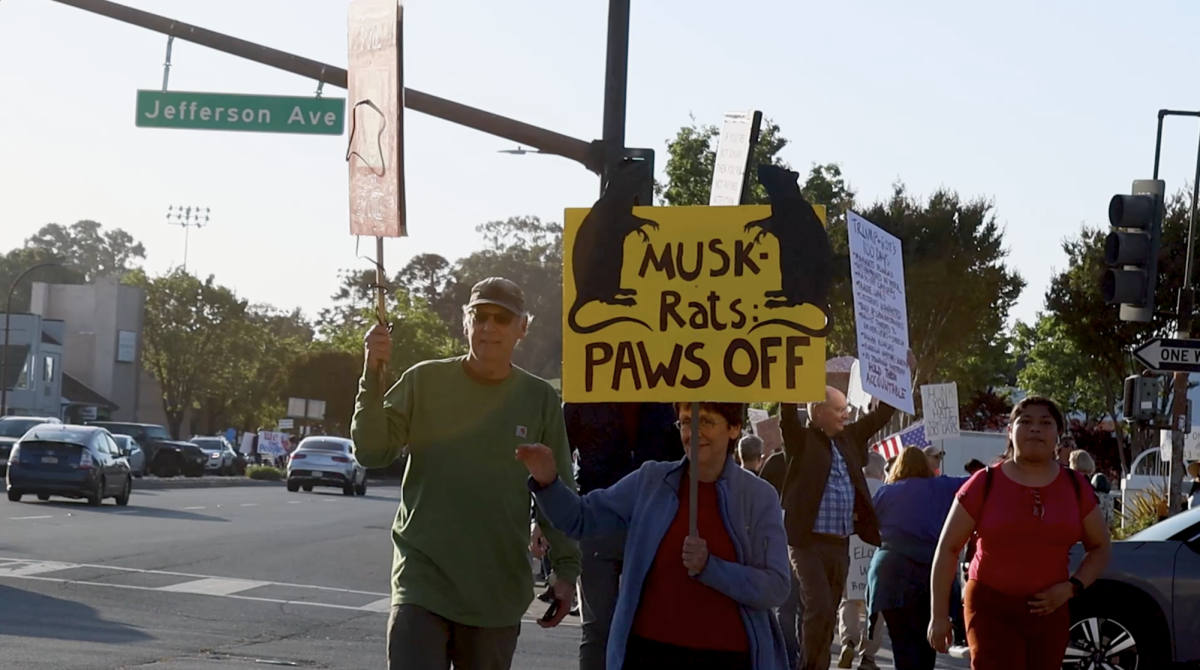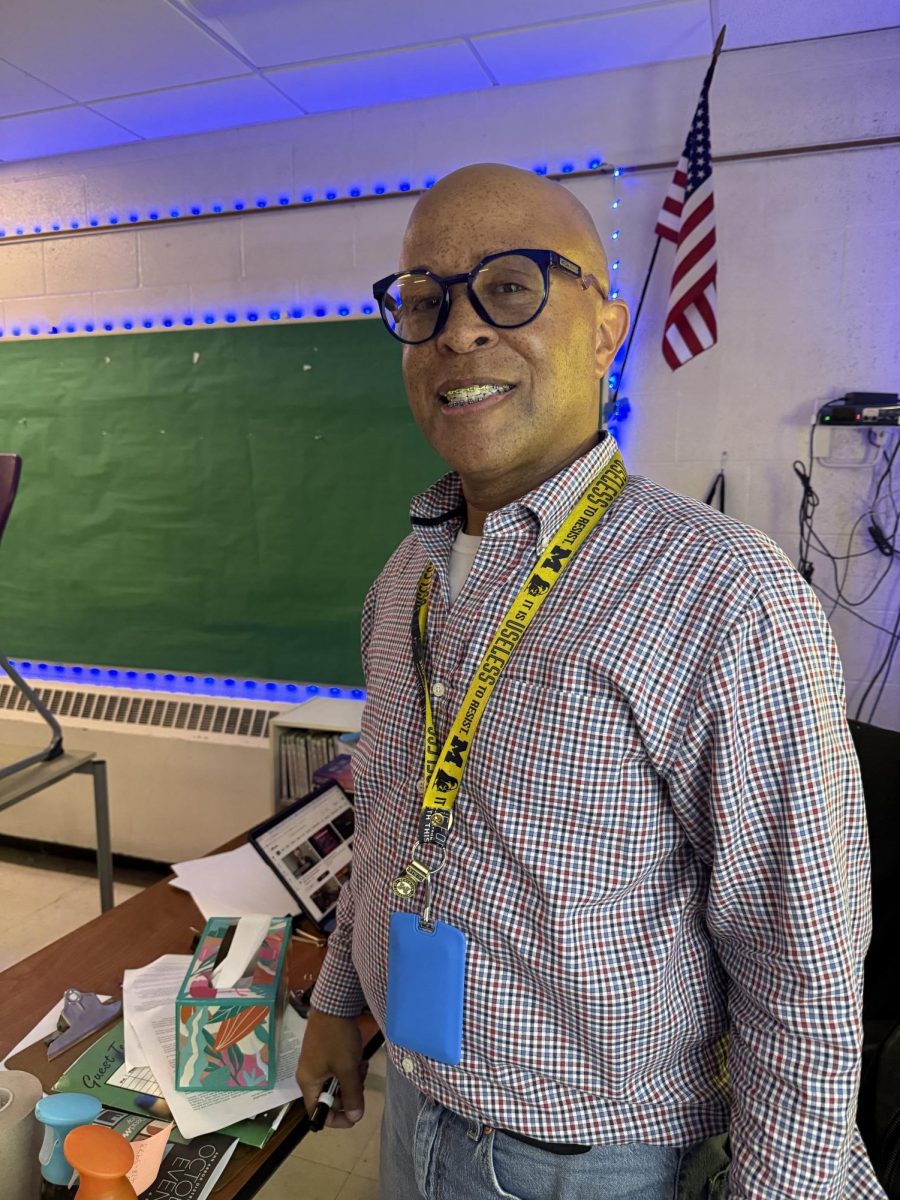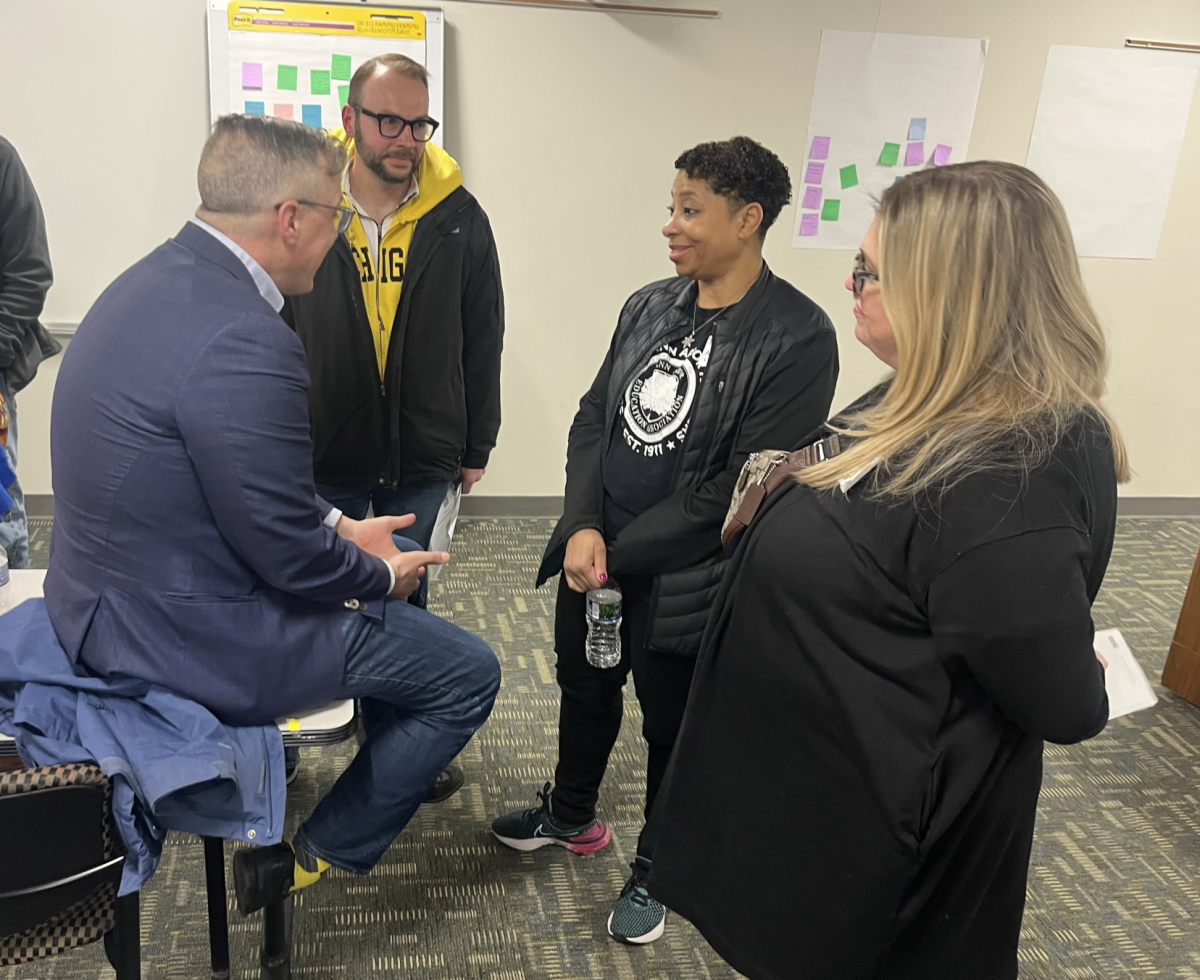In October 2022, a new AI concept exploded on various platforms–generating more than two million images and over 10 million daily users. What was it?
This artificial intelligence program is a digital form of enhancing and creating pictures and audio with the help of online tools. This is also called AI art, and has exploded in popularity in recent years.
This is an image of a coyote reading the Howl newspaper, generated by ideogram.ai. It was envisioned by a student at Day Creek Intermediate, Natalya W.
According to Google, the earliest algorithms of AI art programs started in the late ‘60s, with the first usable system in 1973.
Throughout the years, AI technology has been drastically improving, allowing people with little artistic skill to make works of art that are worthy of a museum.
But, is it ethical?
For some artists, AI art is how they create art. Others simply see it as a source of entertainment.
However, the criticism that exists is worth a look. AI art platforms scour the internet for art to raid, and then blend the content together toward a puzzle-pieced outcome. In a way, this can be considered plagiarism and risks copyright infringement.
According to The New York Times, “Apps like DALL-E 2 and Midjourney are built by scraping millions of images from the open web, then teaching algorithms to recognize patterns and relationships in those images and generate new ones in the same style.”
AI art programs have flaws of their own. Many designs are not ideal in that the ‘artist’ has something far different in mind compared to an AI outcome. There is a regular struggle to create something in harmony with the creator’s original intent.
For example, The Howl attempted to create a logo using ideogram.ai. Multiple attempts generated undesirable results of our coyote mascot. After what felt like an endless number of attempts, the Howl finally achieved the image in mind. This is a common dilemma.
“I saw a lot of deformed [AI] art,” said Avery H. who has tried AI art program Midjourney for fun, generating random subjects like tanks with wings and people.
In some sense, AI-generated art actually produces worse results than what a human can make.
When creating AI art, platforms often mix styles together. They ignore credit for the original creator and neglect requesting permission to include their work. Many artists have copyrights in place, but AI art taking their style can infringe that copyright. This has sparked significant controversy between artists who incorporate AI art
“I don’t think AI art is really plagiarism, if it just uses artists’ work as a reference,” said Walton C., a 7th grader who attends art class and draws on a daily basis. “I would feel bad if somebody made an identical copy of my art.”
But AI art can reference the style, color, and brushstrokes of other artists, creating a near replica of other artists’ work. Is that really ethical?
“[AI art] does come from your own ideas, but you are not actually drawing it,” said Avery H.
Art pieces are the property of their creator, but what if that art is created by AI? A recent court ruling argued that art created by AI can not be copyrighted. Because AI art isn’t produced by a person, it can’t be designed as protected art. Yet artists pour everything into their art, so taking it robs them of their imagination and creativity. .
“If they didn’t ask me, or I hadn’t signed off on it, it would feel like they are stealing my work,” said Ms. Fernandez. “They’re using me,” said Ms. Fernandez.
This story was originally published on The Day Creek Howl on September 30, 2023.

